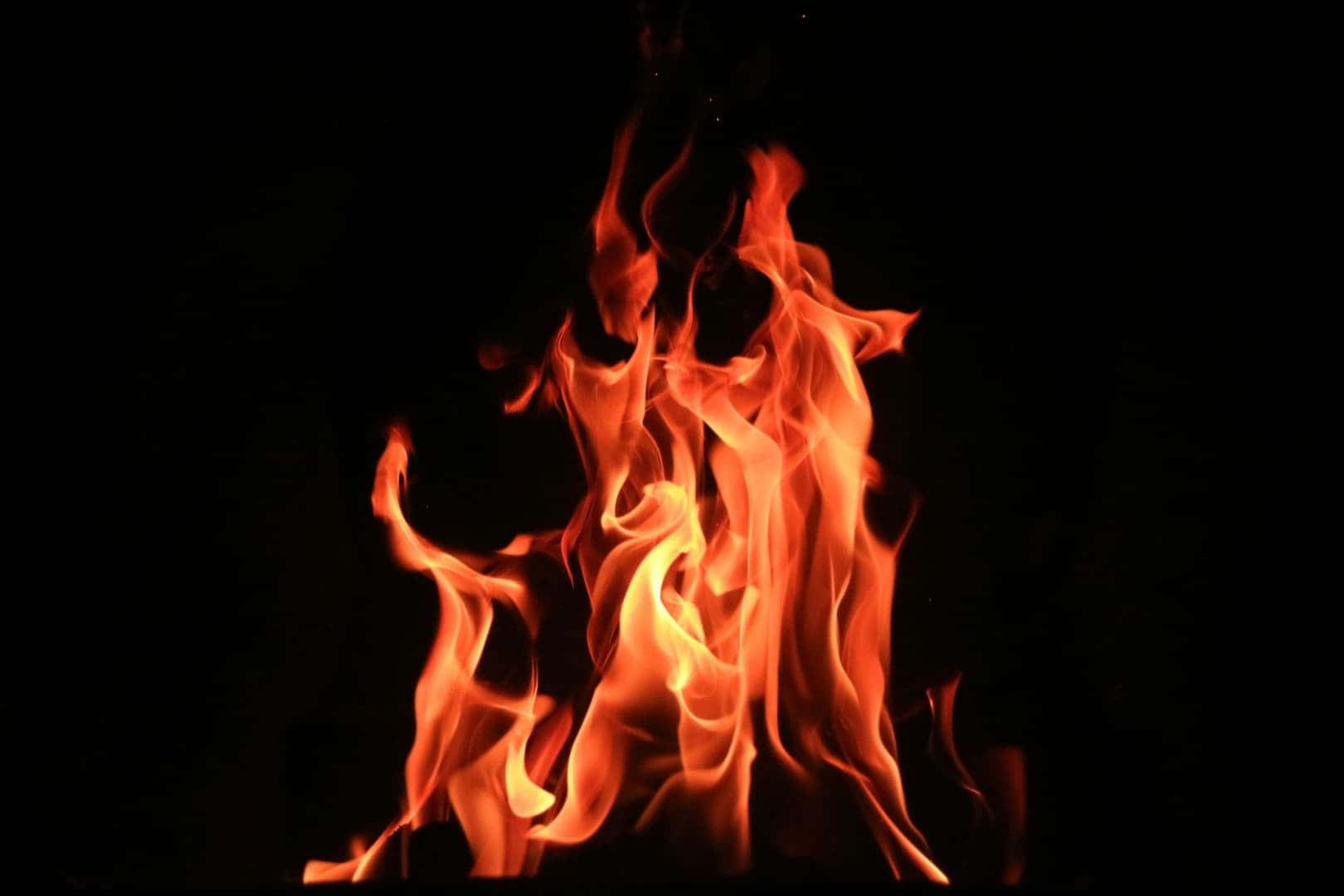
Get your home winter-ready without expensive renovations: real solutions that work
Every autumn, we promise ourselves to improve insulation — yet between budget and time, major renovations always get postponed. But a warmer home doesn't just depend on thick insulation or triple-glazed windows. A few practical, real-life actions can cut energy use starting this month.
Track air leaks: the candle test that works
Heat loss is often invisible. Hold a candle or lighter near window and door frames — if the flame flickers, air is leaking in. Adhesive weatherstripping (about €5 a roll) can seal gaps and raise indoor temperature by several degrees. For door bottoms, a rolled towel or draft stopper does wonders. Combine both, and you can save up to €50 a year according to France's ADEME energy agency.
Dress your home: textiles as natural insulation
Thick curtains, rugs, and throws create a soft barrier against the cold. Replacing thin drapes with lined cotton or velvet curtains can reduce heat loss by up to 15%. Cold tile floors instantly feel warmer with a recycled-fiber rug. And as we mentioned in our autumn breakfast article, a cozy throw not only warms the room but sets a calmer morning mood — less heating, more comfort.
Make the most of existing heat
Simple habits make the difference: leave the oven door slightly open after cooking, clear furniture from in front of heaters, and close shutters as soon as night falls. A family in Lyon who tried this saved 12% on their gas bill over one winter. Combine this with our autumn lighting advice — replacing ten halogen bulbs with LEDs frees up enough savings to insulate two windows.
Create warmth without consuming more
The feeling of warmth isn't just about temperature. Soft, warm-toned LED lights, a simmering pot of soup (see our October 4th article), and gentle natural scents make the space feel cozy without raising the thermostat. Try plant-based candles or DIY diffusers with dried citrus peels and cloves — comfort for almost zero cost.
Conclusion: Getting your home ready for winter is mostly about attention to detail: sealing, insulating, and making the most of what's already there. These accessible steps reduce bills and increase comfort — and often, the most lasting warmth comes from habits that stay all year long. Complete your winter prep with our 5 habits to cut your heating bill and discover our autumn energy-saving tips.
About the author:
Alexandre Dubois is a European sustainability enthusiast sharing tested tips to cut waste, save energy, and live well without excess. Contact: info@greendailyfix.com
Related posts

Eco-Heating in 2025: Heat Pump vs Pellet Stove vs Solar Heating
Heating accounts for nearly 60% of household energy use in Europe. In 2025, eco-friendly systems are booming — but the choices can be confusing. Should you switch to a heat pump, invest in pellets, or go solar? Let's compare costs, comfort, and carbon impact realistically.

Humidity and heating: finding the right balance in European homes
When heating comes on, indoor air often dries out — except in unventilated rooms, where moisture builds up. Too much humidity brings mold, too little dries out skin and sinuses. The balance is easy to achieve with a few simple habits.

October is here: 5 simple habits to cut your heating bill
Every year, October marks the return of chilly evenings and the first heaters being switched back on. Across Europe, households brace for rising energy bills as the days get shorter. Yet cutting consumption doesn’t always require big investments: small habits are enough to reduce costs without sacrificing comfort.

Electric Cars in 2025: Promise or Disappointment?
Europe is pushing hard on electric cars: purchase incentives, more charging stations, and carmakers announcing the end of combustion engines. But in daily life, drivers remain hesitant. Price, range, real ecological impact — does the promise really hold up?